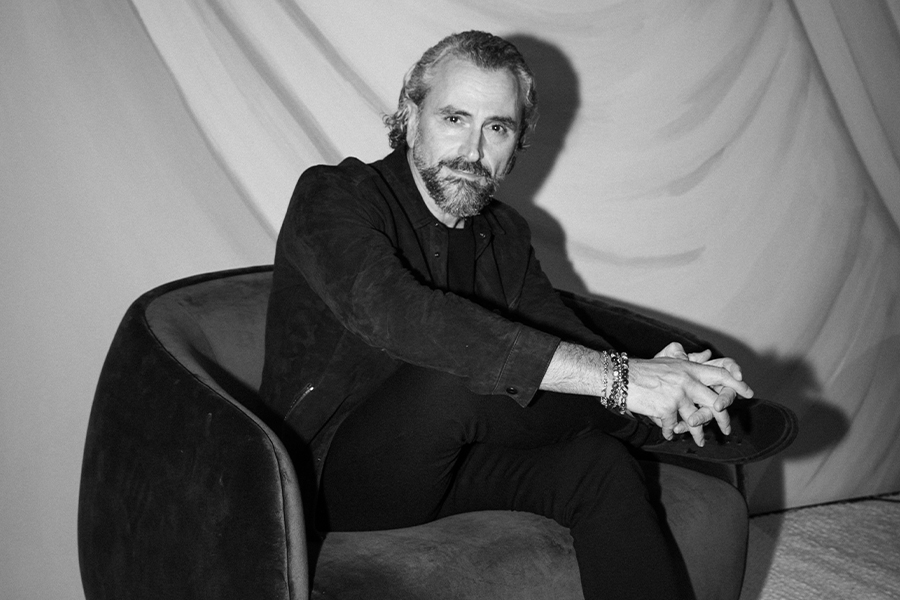A competition for the renovation of a local InterContinental hotel is what led Toronto friends Loris Ognibene, Boris Mathias, and Tatiana Sheveleva (she will partake in the Brand Identity: Exploring the New Luxury panel at HD Expo + Conference on April 26th), to found Chapi Chapo Design in late 2011. Since then, the studio has worked with such brands as Aman, Andaz, Four Seasons, Hilton, Ritz-Carlton, St. Regis, and W. Here, the partners weigh in on their creative process and the ever-changing meaning of luxury.
You’ve worked with a number of legacy hospitality brands. How are they reimagining the idea of luxury?
Boris Mathias: We’ve seen all those brands evolve, and they’re trying to identify what their true DNA is in terms of service, design, or [F+B]. Each brand has a specificity, which we get to know. We also show them what [guests] have in their homes, which influences the overall design direction. [For example], with our design of the St. Regis Kanai, we are showing how luxury has evolved in a more casual, sophisticated way.
Tatiana Sheveleva: Luxury, for me, is about timelessness. St Regis, Ritz-Carlton, Four Seasons, [they’re all] timeless. Five years from now, it’ll be the same. It’s like Chanel or Gucci. That identity, that signature, is what we are trying to keep in mind.
You recently completed the Ritz-Carlton, Mexico City, which debuted in fall 2021. What was that experience like?
TS: We took the team with us for the opening, and when we were there to celebrate in this beautiful hotel, it opened my eyes on why we do this. Everybody in that room was so happy. Everybody was talking about the process, how we built this hotel, all the details. The hotel is very calm and comfortable with a residential feel. The location is absolutely spectacular. There’s nothing like this type of hotel [in Mexico City].

A smoky blue and metal ceiling installation evokes surrealism at the Ritz-Carlton, Mexico City
Were there any challenges?
Loris Ognibene: Every floor plate was different. The building is not a straight box. The only straight wall we had was on the back, which is facing another building. We had 150 rooms that ended up having 120 different types. Seeing a finished product is so important in helping us understand our role in how [design] can affect people. We want guests to be wowed by the room. That’s important to us.
What is the firm’s design philosophy?
TS: It’s to pay attention to details. We’re problem solvers, not only from design perspective but also from operational point of view. Every project has challenges, but we don’t call it that, we call it opportunities.
What is the most rewarding aspect of creative collaboration for you?
LO: For all of us, these hotels don’t happen in a weekend. When we get a project, we’re all excited; we already have images in our head of what it could be. I try to get the design on paper and then we go through the process [with the client] while still keeping their initial design intent and creating something beautiful. We sketch it, present it, and it gets built, [and hopefully people love it].
TS: For me, it’s to see the finished product. We’re creating beautiful spaces that make people happy. As a designer, it also brings up a lot of emotions. We did it as a team, and I can’t believe it’s our design. When you see the finished product, it’s like, ‘Wow, this is what we did. This is amazing.’ That’s what drives me.

A forthcoming restaurant in Las Vegas, featuring a cascading light fixture
More from HD:
What I’ve Learned Podcast: Jason Pomeranc
4 Don’t-Miss Speakers Heading to HD Expo + Conference 2022
BHDM Design Envisions a Pretty-in-Pink Oasis in Miami


